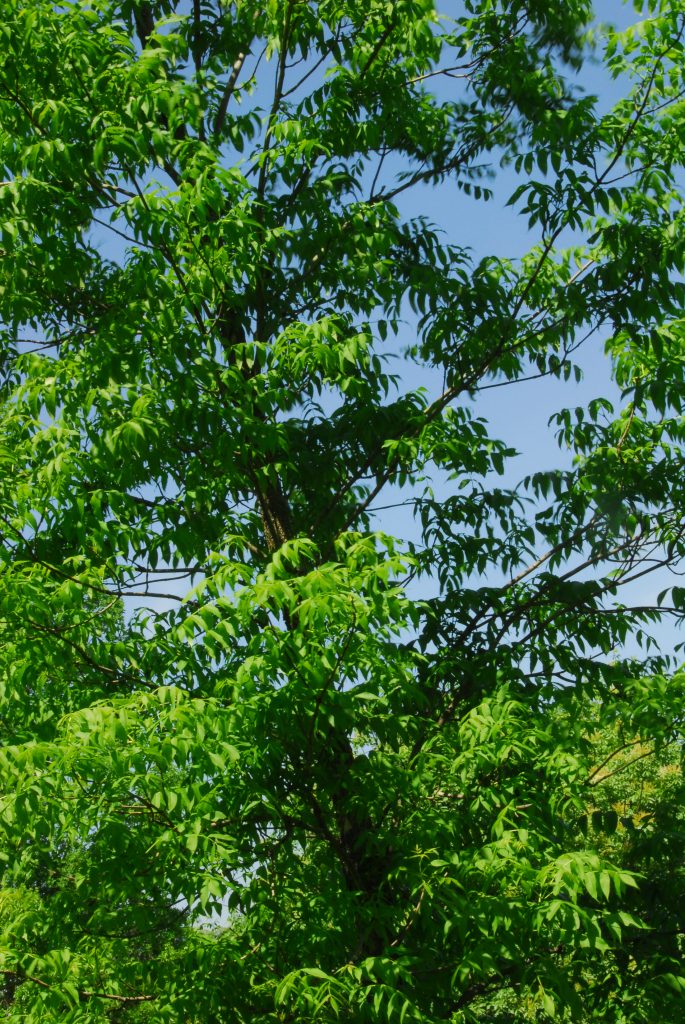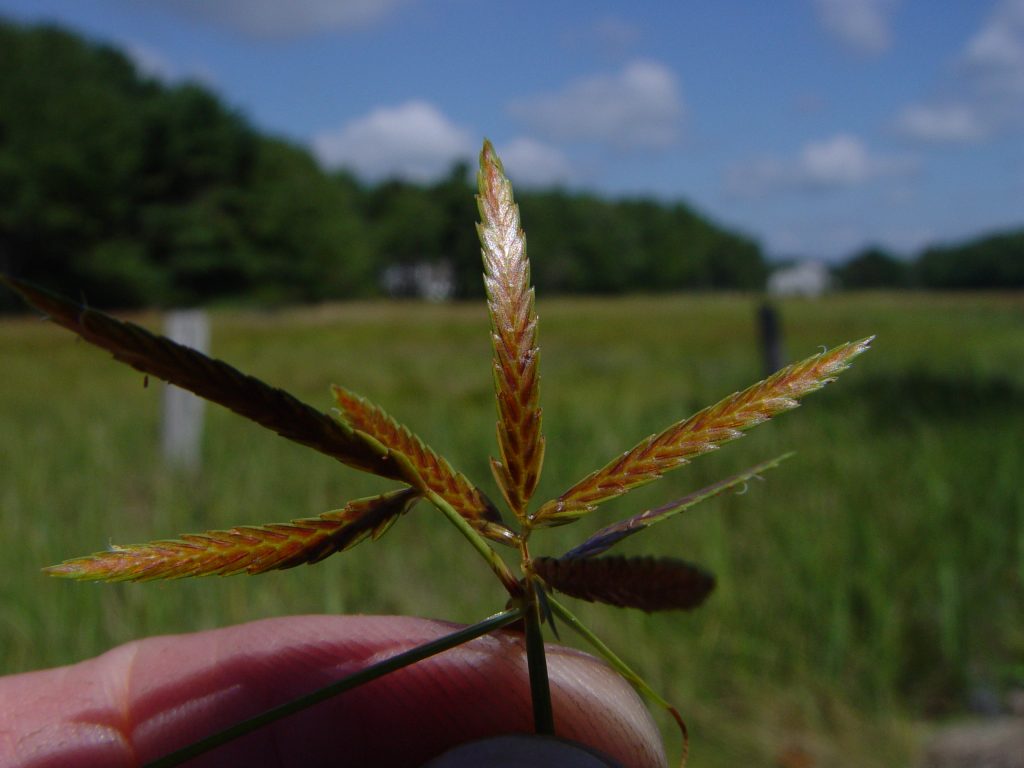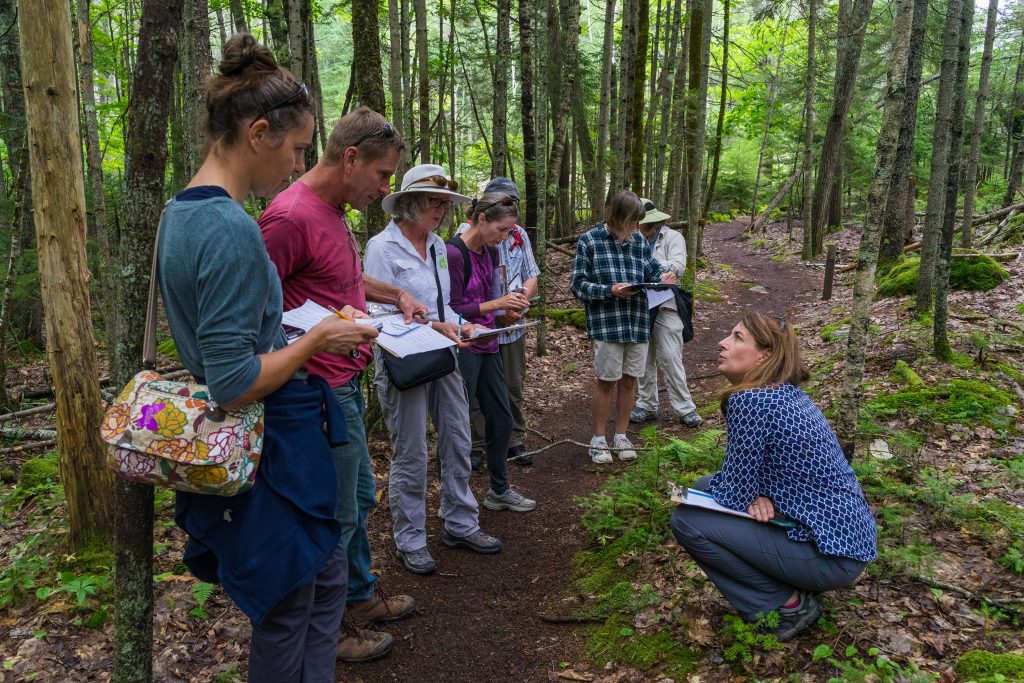Conservation and Threat assessment for Maine’s Native Plants
Increasing and novel threats from a rapidly changing climate, development pressure, and sea level rise create a new and very real urgency to assess species abundance, threats, and trends and apply prioritized conservation ranks for all the state’s native plant species. The analysis is critically important to inform how best to allocate finite conservation resources and coordinate needed threat responses.
Through the course of their recent botanical survey work, project leads Melissa Cullina of Coastal Maine Botanical Gardens and Don Cameron of the Maine Natural Areas Program have noted dozens of plant species across Maine that are potentially in need of some level of conservation attention but are not presently tracked or listed on the Official Endangered and Threatened Plant List; Maine does not have a Watch List of plants suspected conservation concern. These taxa by default may be presumed to be secure or potentially secure in Maine, but likely warrant much greater conservation attention.
For example, hairy eared-rockcress (Arabis pycnocarpa) is a small plant of the mustard family which inhabits rich uplands, including outcrops, ledges, and rocky woodlands in Maine. Based on its rarity and habitat specificity, this species receives conservation focus in New Hampshire (Critically Imperiled), New Brunswick (Vulnerable), and Nova Scotia (Imperiled). Its vulnerability in Maine has not been assessed, but it has only been collected in the state eleven times (Consortium of Northeastern Herbaria website, accessed February 2023). Potential threats include development, inbreeding depression, and climate-induced changes to local hydrology or pollinator interactions.
Many-spiked flatsedge (Cyperus polystachyos) is a species of sandy pond shores and low dunes. It is of conservation concern or absent in most states north of Maryland, including Pennsylvania (Vulnerable), New York and Massachusetts (Imperiled), and Vermont and New Hampshire (absent), but is unranked and untracked at its most northern extent here in Maine. Research is needed to understand the threats, status, and appropriate conservation rank for this plant in Maine.


Species once thought to be demonstrably secure, such as northern hemlock (Tsuga canadensis) and all Maine’s ash species (Fraxinus americana, F. nigra, and F. pensylvanica), are now threatened by invasive pests such as hemlock wooly adelgid/elongate hemlock scale and emerald ash borer, respectively. A review of conservation status is necessary for these and other species facing dire challenges in light of rapid dispersal of – and increasingly hospitable conditions for – new invasive pests.
With these examples and many others, botanical research in the field, regional herbaria, and literature are critically needed to evaluate the present viability of these species considering increasing traditional threats such as habitat conversion and new threats posed by accelerated climate change. Well-researched and current data, the resultant new conservation ranks, and subsequent listing on a Watch List or the Official Endangered and Threatened Plant List will create new opportunities for conservation of vulnerable species and ensure that Maine’s finite conservation resources, planning efforts, and response and mitigation can be most effectively applied.
